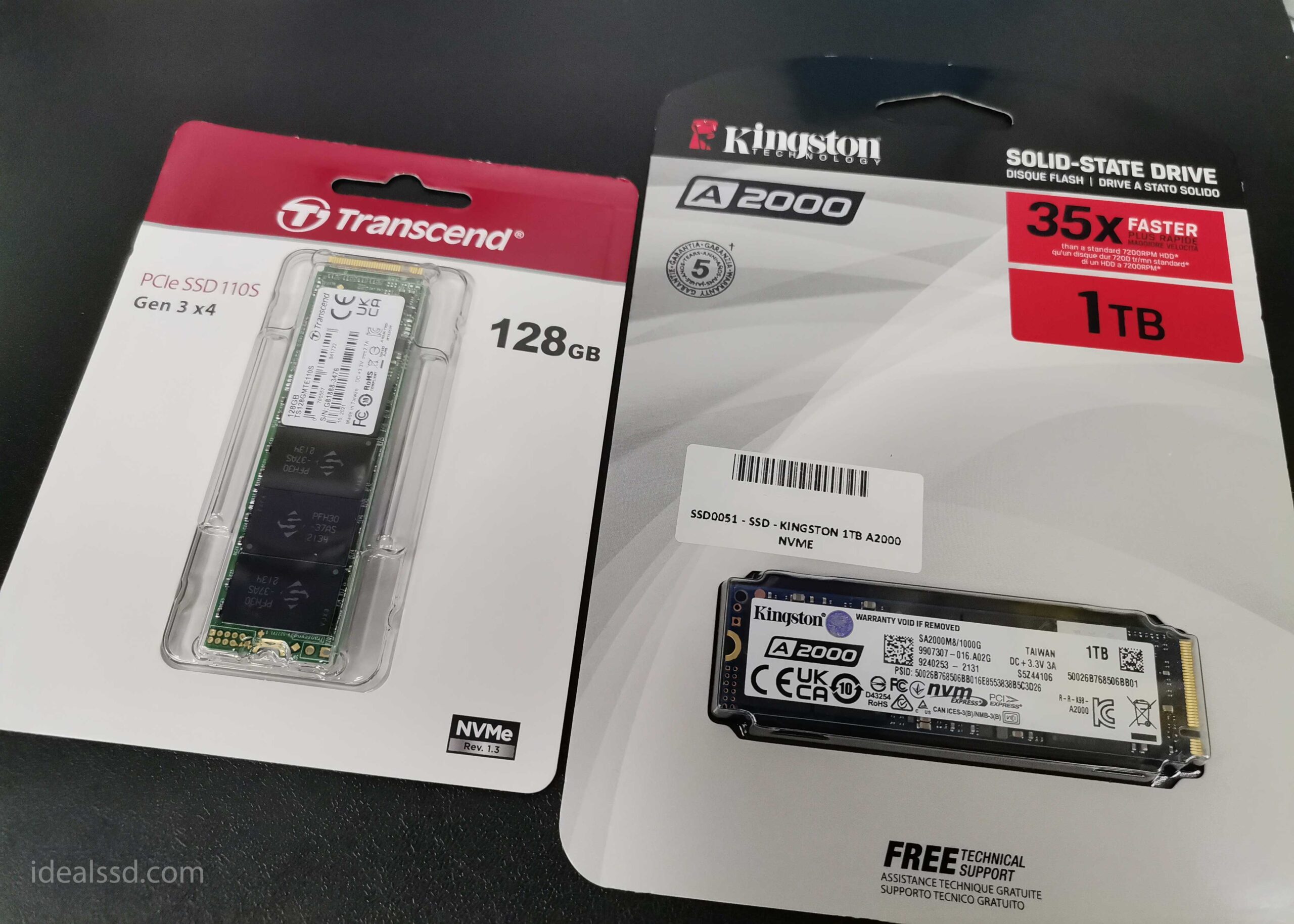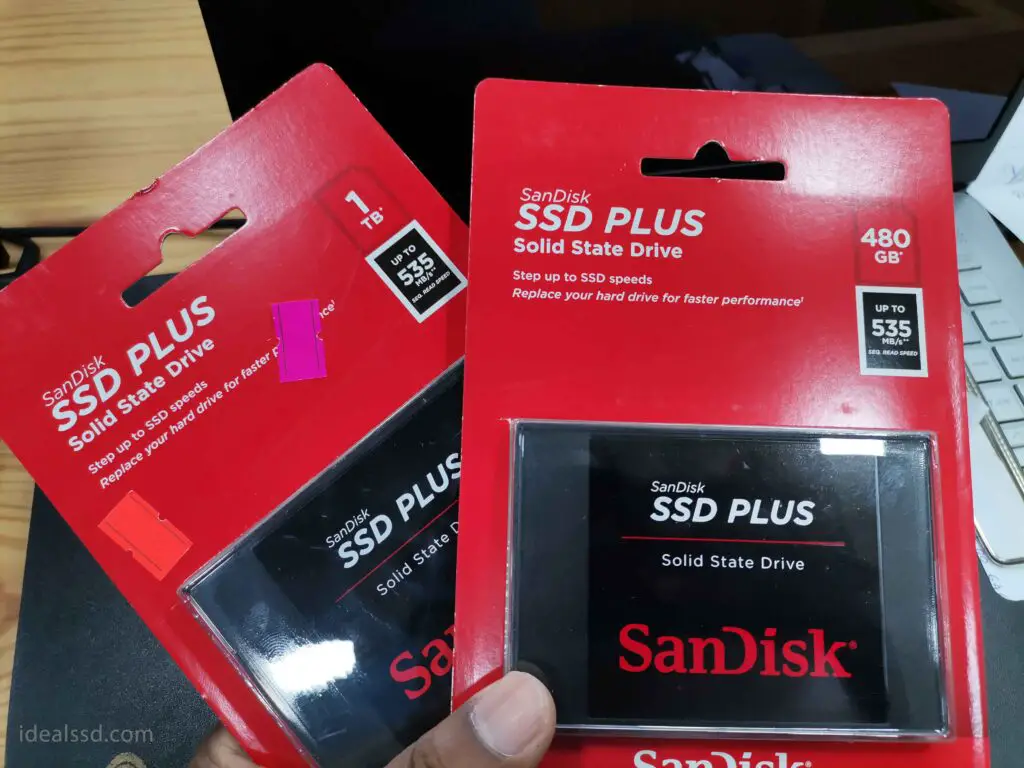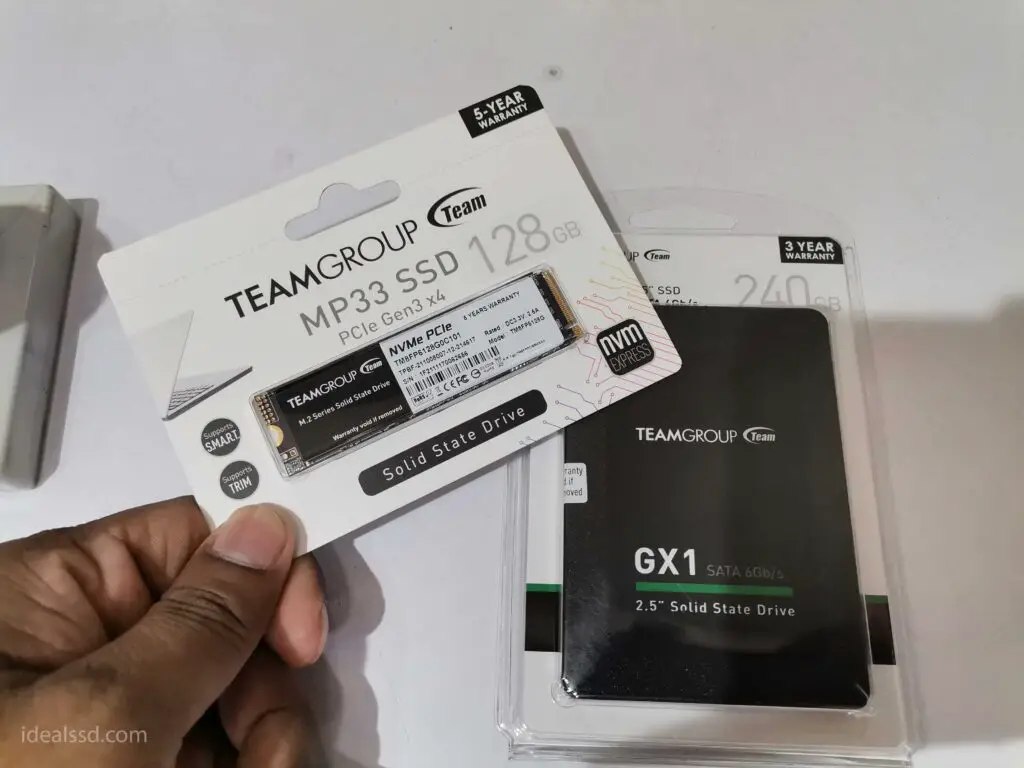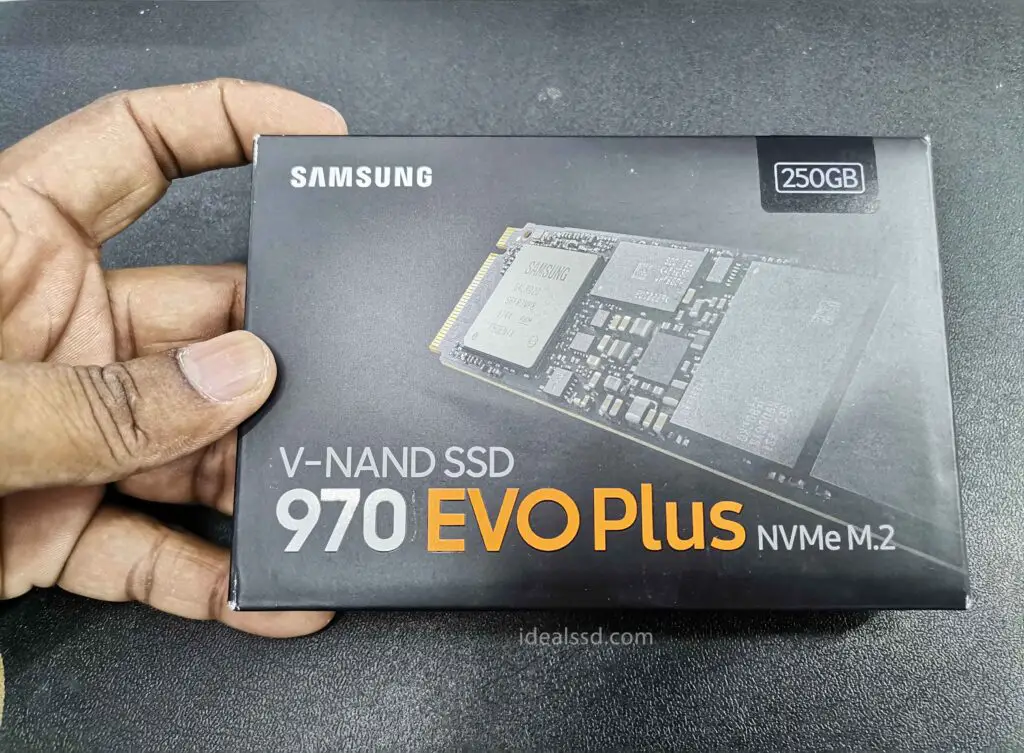Why Does TBW Matter in SSDs?

Are you looking to buy an SSD? If so, you’ve probably heard of TBW (terabytes written). You may be wondering what TBW means and whether it’s important when choosing an SSD. In this blog post, I’ll explain what TBW is and why it matters when buying an SSD. I’ll also give you some tips on how to choose the right SSD with the highest TBW for your needs. So, if you’re ready to learn more about TBW in SSDs, keep reading!
TBW is a measure of the total amount of data that can be written to an SSD before it fails. The higher the TBW, the longer the SSD will last. Most manufacturers provide a warranty based on the TBW of their SSDs. It is important to know the TBW of your SSDs so you can select the right ones for your needs.
Why You Should Use an SSD?

In today’s fast-paced world, it is essential to have a fast PC. With so much of our lives taking place online, a slow computer can be a huge inconvenience. Not only do slow computers take forever to load web pages and launch programs, but they can also make it difficult to multitask and stay productive.
In contrast, a fast PC can help you get more done in less time. With a fast processor and plenty of RAM, you’ll be able to load web pages quickly, run multiple programs at once, and enjoy a smooth and responsive computing experience.
One factor that can affect the speed of your PC is the type of storage drive you’re using. Storage drives come in two main types:
- HDD (hard disk drive)
- SSD (solid state drive)
HDD (hard disk drive)

A hard disk drive (HDD) is a type of storage device that uses spinning disks to store data. HDDs are found in a variety of devices, including computers, laptops, and game consoles. They are often used to store large files, such as videos and music.
One of the advantages of HDDs is that they are relatively inexpensive. However, they also have some disadvantages. HDDs are slower than solid-state drives (SSDs), and they are also more susceptible to damage from drops and shocks. As a result, SSDs are increasingly being used in new devices. Nevertheless, HDDs remain a popular choice for many users due to their low cost and high capacity.
SSD (solid state drive)

A solid-state drive, or SSD, is a type of storage device that uses flash memory to store data. SSDs are often used in computers and other electronic devices because they are more durable and energy-efficient than traditional hard drives.
Additionally, SSDs are much faster than hard drives, which makes them ideal for use in devices that require quick access to data, such as computers and servers. Another benefit of SSDs is that they generate less heat than hard drives, making them more reliable and efficient.
If you’re looking to upgrade to an SSD, you’ll want to pay close attention to the TBW rating.
What Is TBW Rating in an SSD?
TBW Rating (terabytes written) is the total amount of data that can be written to an SSD before it is likely to fail. The higher the TBW rating, the longer the SSD is likely to last. Each manufacturer uses a different method for calculating TBW ratings, so it is important to compare ratings from different manufacturers using the same application.
In general, drives with higher TBW ratings are more expensive than those with lower ratings. However, the extra cost is often worth it for mission-critical applications where data loss would be catastrophic.The TBW amount is spread across the lifetime guarantee on the drive. TBW numbers can vary from as little as 100TB in certain drives to several thousand terabytes in some.
Why Is TBW Rating Important?
When buying an SSD, it is important to consider the TBW rating. The TBW rating will give you an idea of how long the SSD is likely to last. If you plan on using the SSD for a mission-critical application, then you’ll want to choose a drive with a high TBW rating. This will help to ensure that the drive will last for many years, even with heavy use.
If you’re just using the SSD for general storage or for light use, then you may not need to worry as much about the TBW rating. In these cases, you may be able to save money by choosing a drive with a lower TBW rating. However, it is important to keep in mind that all SSDs have a limited lifespan and will eventually need to be replaced.
Should I Worry About SSD TBW?

It’s important to keep in mind that TBW is only an estimate. There are a number of factors that can influence a drive’s TBW, including
- the type of data being written,
- the quality of the NAND flash chips,
- how well the drive is care for.
As a result, it’s impossible to say for sure how long any given SSD will last. Nevertheless, knowing the TBW of a drive can give you a good idea of its expected lifespan and whether it’s likely to meet your needs.
What Is The Good TBW Rate for SSD?
It depends on how you plan to use the drive. If you’ll be storing large files or using applications that write a lot of data, you’ll need a drive with a high TBW. However, if you’re just using the drive for light tasks like web browsing or document editing, a lower TBW will suffice.
Ultimately, the best way to choose an SSD is to select a drive from a reputable manufacturer that offers the capacity and performance you need at a price you’re willing to pay.
Is DWPD and TBW Same?
When shopping for a solid-state drive (SSD), you may notice the term DWPD being used to describe the product. The number of times you can overwrite the total capacity of your drive each day, known as Drive Writes Per Day (DWPD), is an important factor in determining how long it will survive.
Assume that your drive is 200 GB and has a five-year warranty. If its DWPD is 1, this means you may write 200 GB (one time) to the device every single day for the next five years.
However, it is important to note that DWPD is usually calculated using ideal conditions, so it is not necessarily indicative of real-world performance. In general, though, a higher DWPD means that an SSD is better suited for heavy use.
On the other hand TBW, or Terabytes Written, is the total amount of data that you can write to an SSD over its lifespan. This number is usually much higher than DWPD, as it includes both partial and full overwrites. For example, a drive with a TBW of 400 TB could be written to at its full 200 GB capacity every single day for over five years.
In conclusion, while both DWPD and TBW are important factors to consider when choosing an SSD, they measure different things. DWPD measures the number of times you can overwrite the drive’s entire capacity in a day, while TBW measures the total amount of data that can be written to the drive over its
Can SSD Fail Before TBW?
Yes, SSDs can fail before reaching their maximum TBW. However, it’s important to understand that TBW is simply a measure of the drive’s endurance, and does not guarantee that the drive will last for that many writes.
Similarly, a drive may still function properly after exceeding its TBW, but it is more likely to experience unexpected failures. Therefore, while a higher TBW often indicates a more durable drive, it is not a perfect predictor of reliability. When choosing an SSD, it is important to consider both the TBW and the warranty period.
drives with lower TBW ratings should ideally be covered by a longer warranty, in case of unexpected failures. Ultimately, however, the best way to ensure long-term reliability is to select a reputable brand and model with a history of durability.
Top 3 NVME SSDs with Highest TBW
There are a few different ways to determine the top NVME SSDs with the highest TBW. One way is to look at reviews from industry experts. Another way is to look at online forums and discussions to see what consumers are saying. And lastly, you can check out manufacturer specifications to see what they claim is the best product.
For the purpose of this answer, I will focus on the third method – comparing manufacturer specifications. Based on this comparison, the following are the three NVME SSDs with the highest TBW:
1) SAMSUNG 970 EVO Plus (600TBW)

The Samsung 970 EVO Plus is a high-performance NVMe SSD that boasts exceptional sequential read and write speeds of up to 3,500MB/s and 3,300MB/s. With a 5-year limited warranty or 600TBW (Terabytes Written), it’s perfect for heavy workloads and data-intensive applications. So don’t hesitate any longer; order your Samsung 970 EVO Plus SSD today!
2) WD Blue SN570 (600TBW)
The WD Blue SN570 is the perfect solution for anyone looking for a reliable, high-performance SSD. With an Endurance (TBW) of 600 and read speeds up to 3,500 MB/s, this SSD is perfect for gamers, power users, and anyone who wants the best performance possible.
Plus, its slim M.2 2280 form factor means it’ll take up minimal space on your motherboard.
3) Crucial P5 Plus (600TBW)
If you’re looking for a top-of-the-line PCIe 4.0 NVMe SSD, the Crucial P5 Plus is perfect for you. With up to 6600MB/s sequential reads and 630K/700K IOPS random read/write performance, this drive can handle even the most strenuous tasks.
And with Endurance (TBW) of 600, it will keep going long after other drives have given up the ghost. So if you’re looking for speed, reliability, and endurance, look no further than the Crucial P5 Plus.
Conclusion
When it comes to SSDs, the TBW rating is an important consideration. This stands for “terabytes written” and it’s a measure of how much data the drive can handle before it starts to degrade. The higher the TBW rating, the longer the drive will last. If you’re in the market for a new SSD, make sure to choose one with a high TBW rating so that you can rest assured knowing that your data is safe.
References
- Understanding SSD Endurance : https://blog.westerndigital.com/ssd-endurance-speeds-feeds-needs/



